CT Image Quality
CT Image Quality CT image quality is a critical aspect of medical imaging that directly impacts diagnostic accuracy and patient outcomes. This document explores the various factors that influence the quality of computed tomography (CT) images, including technical parameters, patient…
